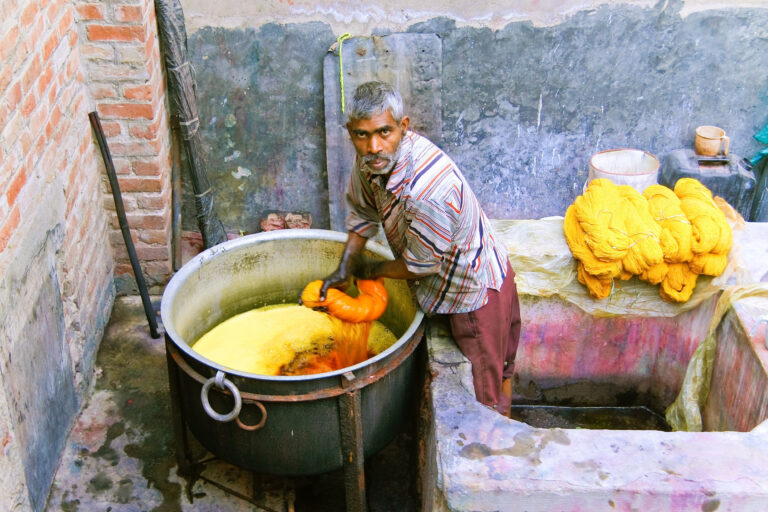Last month I mentioned that I’m working with the book A Garden to Dye For to learn more about growing plants that you can use to natural dye fabrics. One of the first important concepts is learning about how well or how long a plant’s color is likely to adhere to the fabric that you’re…
